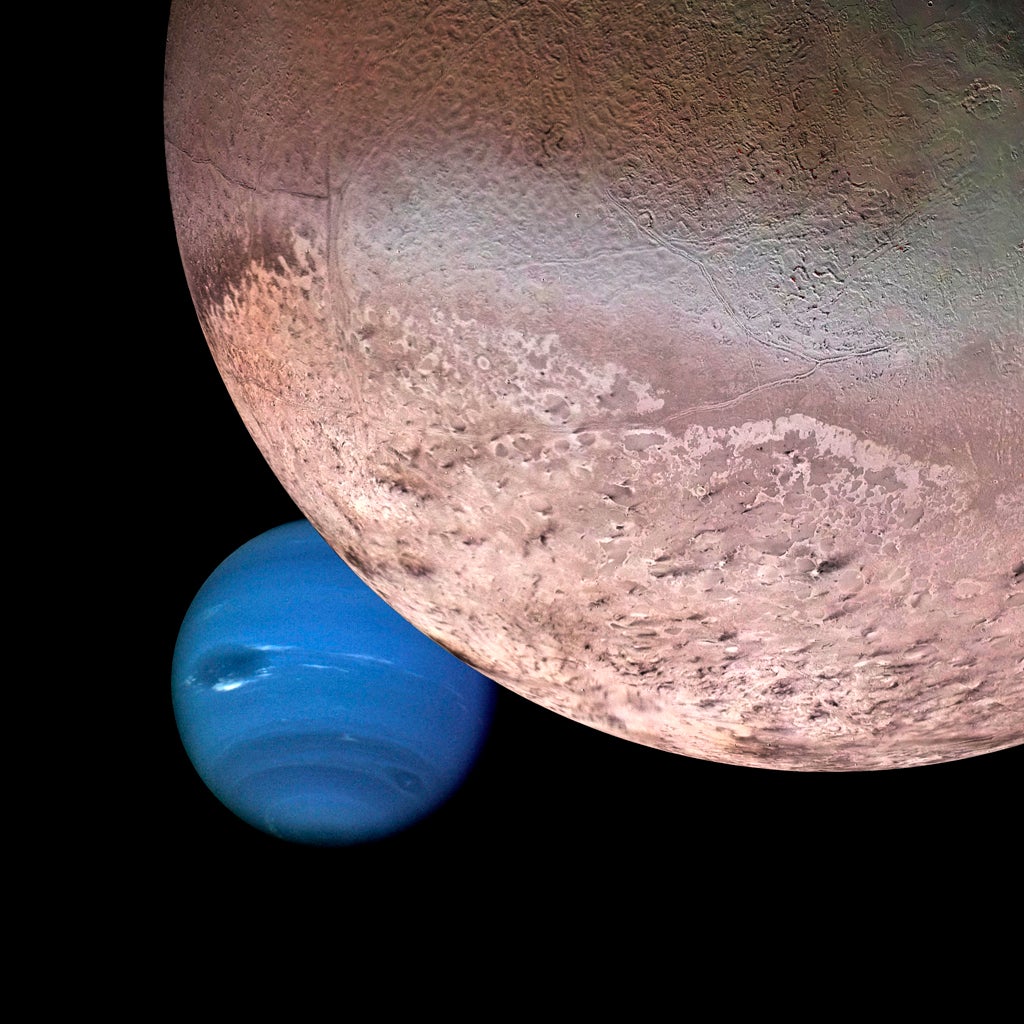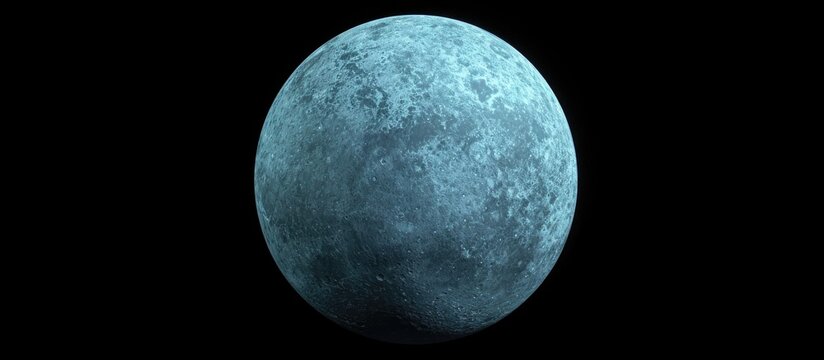Hubble Space Telescope Unveils Two Decades of Seasonal Changes on Uranus
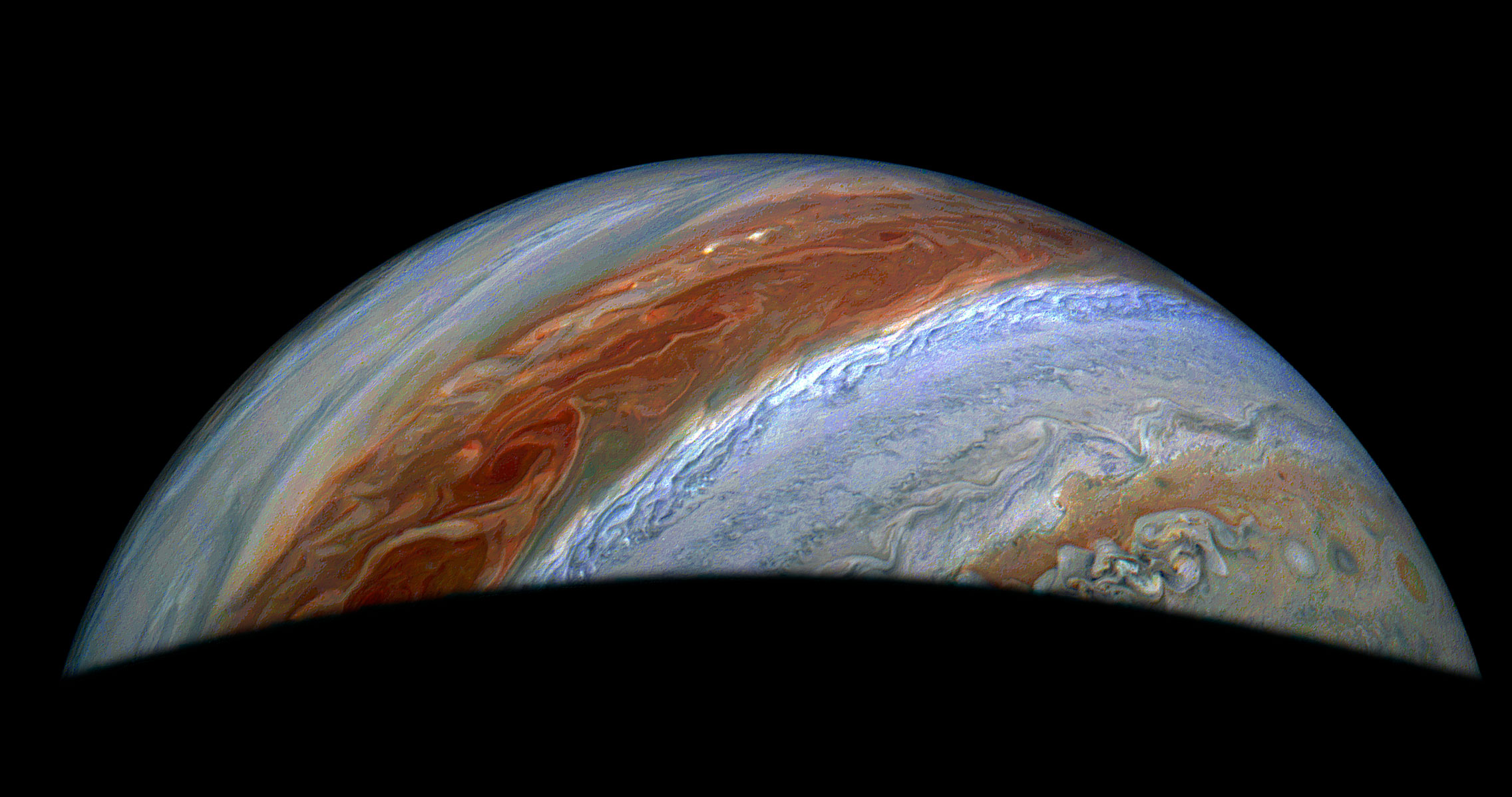
NASA's Hubble Space Telescope has provided a groundbreaking look at how the seasons change on Uranus over the past 20 years. This extensive analysis has offered fresh insights into the atmospheric shifts of the ice giant, primarily driven by the sun’s radiation.
Uranus: A Planet of Extreme Seasons
Uranus, the seventh planet from the sun, is known for its dramatic axial tilt of nearly 98 degrees. This unique characteristic, likely caused by a collision with an Earth-sized object in the past, results in extreme seasonal variations. The planet’s poles experience prolonged, dark winters and bright summers, leading to stark atmospheric transformations. Despite these intriguing traits, Uranus remains one of the least explored planets in our solar system, with only one spacecraft, Voyager 2, having visited it nearly 40 years ago. That encounter happened during a major solar event, further complicating our understanding of the planet.
Tracking Uranus’s Changing Seasons
Over the past two decades, astronomer Erich Karkoschka and his team at the University of Arizona have utilized the Hubble Space Telescope's Space Telescope Imaging Spectrograph to monitor seasonal shifts on Uranus. Because the planet takes approximately 84 Earth years to complete a single orbit around the sun, researchers have primarily observed its northern spring. By 2030, the sun will move from shining directly over the planet’s equator to illuminating its north pole, offering an unprecedented view of these long-term atmospheric changes.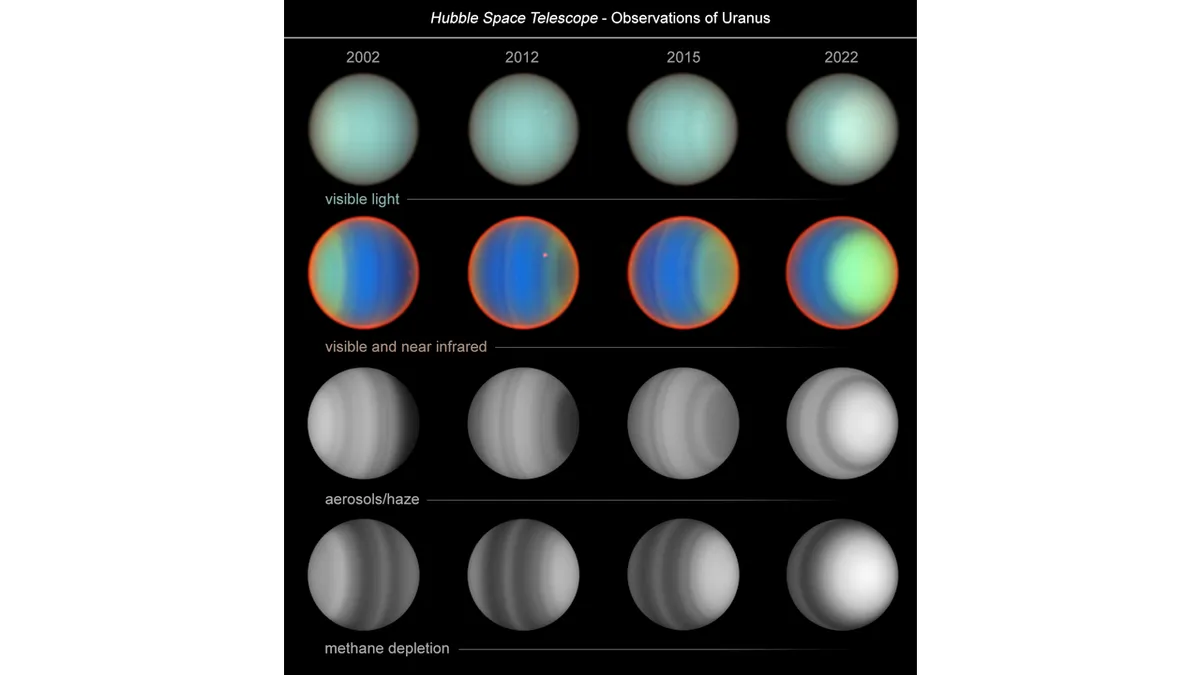
Insights from Hubble’s Observations
Hubble’s images have documented the darkening of the south polar region as it enters winter shadow, while the north polar region brightens in anticipation of the approaching northern summer. Uranus's atmosphere consists mainly of hydrogen and helium, with traces of methane giving the planet its signature blue-green color. Methane absorbs red light from the sun and reflects blue light, creating its distinct hue.
Between 2002 and 2022, Karkoschka and his team observed Uranus four times—in 2002, 2012, 2015, and 2022—providing a far more detailed atmospheric profile than Voyager 2’s single flyby. Their findings indicate complex circulation patterns, with methane distribution suggesting downwelling at the poles and upwelling in other regions.
A Deeper Understanding of Uranus’s Climate
These observations contribute to a richer understanding of Uranus’s atmospheric dynamics and long-term climate shifts. As the planet continues its slow journey around the sun, ongoing studies with Hubble and future missions will further unravel the mysteries of this distant ice giant.
What's Your Reaction?







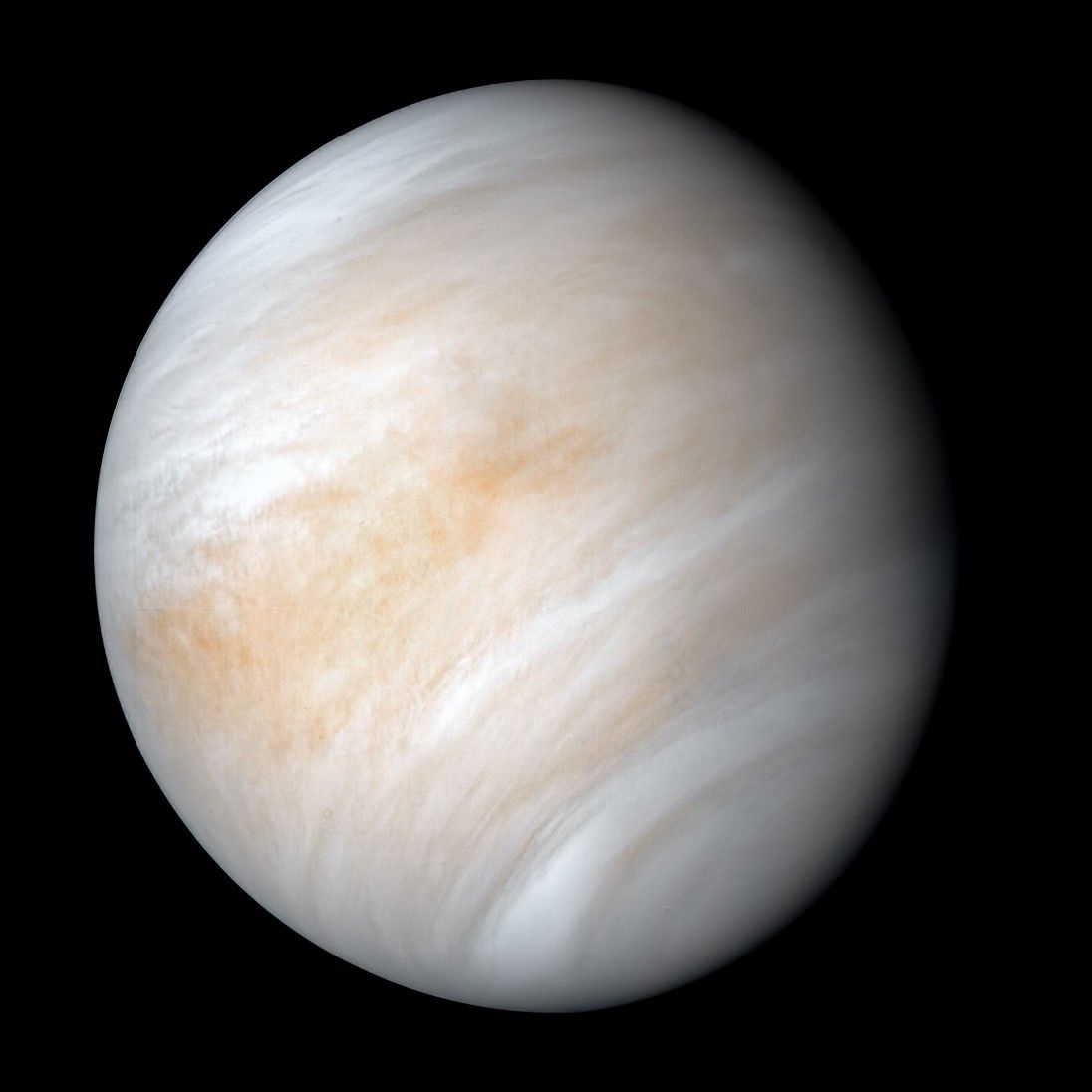




/https://tf-cmsv2-smithsonianmag-media.s3.amazonaws.com/filer_public/54/66/546650fa-26a4-40fd-8d6d-5a7a04540f81/rosetta2.png)
:max_bytes(150000):strip_icc():focal(999x0:1001x2)/robert-prevost-050825-1-39395418ab494da5a3a700c9478e66c8.jpg)


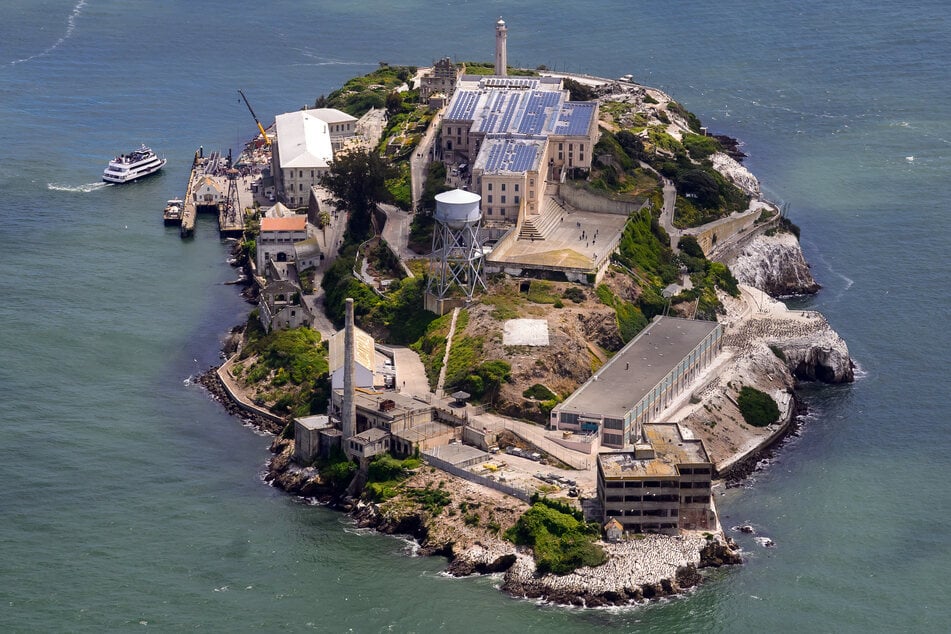












































format(webp))
format(webp))























